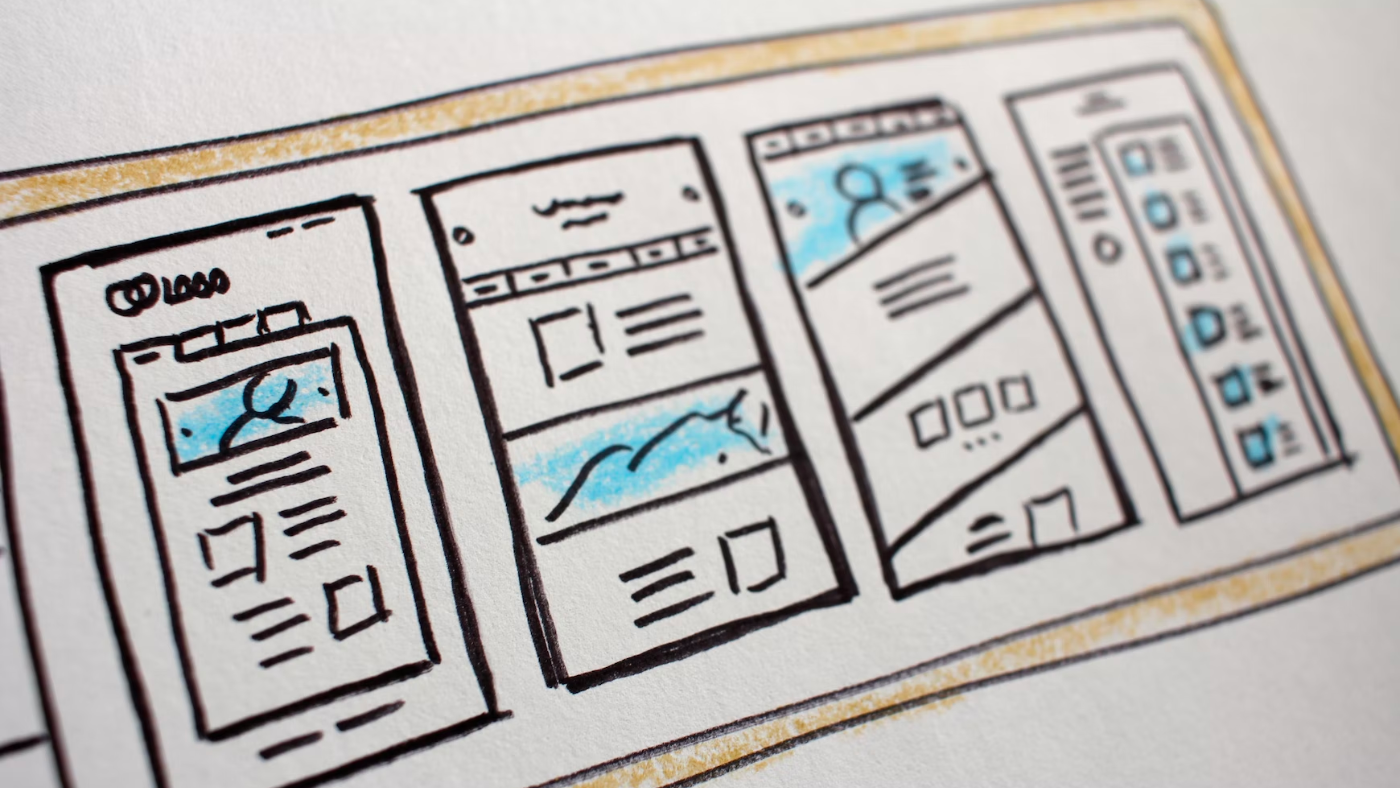
The Essential Elements of a High-Performing Landing Page
A landing page is a crucial component of your digital marketing strategy, as it is often the first point of contact between your business and
Years ago, running a marketing campaign meant developing creative, writing a cheque, and crossing your fingers that results would follow.
Today, the channels that marketers use are different, but many of the same problems remain: disconnected tools and channels mean it’s tough to measure results, and the experience for your leads often feels disconnected.
That’s where inbound marketing comes in. Unlike traditional marketing campaigns, inbound marketing campaigns are designed around one goal, across a variety of connected channels.
So whether you’re planning your marketing strategy as a whole or developing a specific marketing campaign to achieve a particular goal, we’ve put together a little plan to reduce a daunting task to a manageable one.
In this guide, we’ll walk you through how to take a campaign from ideation to launch, so you can start seeing results sooner rather than later.
Inbound marketing campaigns are concentrated efforts that align all of your marketing channels around a single message and goal.
It starts with a marketing offer — something valuable and relevant for your audience that you promote through your marketing channels.
Then, you nurture the leads from that offer and move them along your marketing funnel so they can become your customers.
How is an inbound marketing campaign different from a traditional marketing campaign?
An inbound marketing campaign:
Starts with the customer in mind. An inbound campaign is built to attract, not to annoy. It takes every stage of your funnel into account to generate new, interested leads and turns them into quality leads and happy customers through relevant, compelling content.
Uses integrated tools to connect everything. An inbound campaign uses interconnected tools to weave context about a lead into every channel and every tool. The result is a smooth, personalised experience for buyers, better results for marketers and salespeople.
Works in any situation. Any campaign can be an inbound campaign. Whether you are starting with a webinar, a product launch, or a new list of leads, you can apply the inbound marketing campaign framework to organise and improve your effort.
When it comes time to brainstorm a campaign idea, unleashing your creativity can be easier said than done — especially if you’re brainstorming in a group setting.
In order to keep the ideas flowing and have more productive brainstorms, you need to account for different personality types, points of view, and preferred ways of learning. On top of that, you also need to be thinking about your potential customer’s pain points, preferred content formats, stage in the buyer’s journey, etc.
To help you conduct a better brainstorm session for your next campaign, consider the following tips:
Invite a diverse group of people. Invite new people from other teams to your brainstorms — people with different skill sets and experiences to help get you out of your rut and see things in a new way. It’ll give you that great mix of new perspectives and contextual knowledge that’ll help you land on ideas that are both original and doable.
Provide context and goals well before the meeting. Offer any pertinent information at least two business days in advance so people have a fighting chance at actually being prepared for the brainstorm.
Ask people to come prepared. By asking group members to bring a few ideas to the table, you create a launching point for more ideas to surface. To enforce this, you might want to pass around a spreadsheet for collecting ideas prior to the meeting.
Don’t be afraid to say “no” to the bad ideas. Squashing bad ideas could lead people to fear speaking up, missing out on good ideas as a result. But if you’re giving every idea equal due regardless of merit, then you get off-track real fast and end up down a bad idea rabbit hole.
Provide a place for anonymous submissions. For some people, the “right” format might be an anonymous submission. Provide a place for anonymous idea submission both before and after the meeting. People might have some ideas that they’re reticent to bring up in front of the group.
Want more brainstorming advice? Check out the tips outlined in this quick video:
Your persona is a semi-fictional representation of your ideal customer based on market research and real data about your existing customers.
When creating your persona(s), consider including customer demographics, behaviour patterns, motivations, and goals. The more detailed you are, the better.
Your campaign personas provide tremendous structure and insight for your content. A detailed buyer persona will help you determine where to focus your time, guide product development, and allow for alignment across the organization. As a result, you will be able to attract the most valuable visitors, leads, and customers to your business.
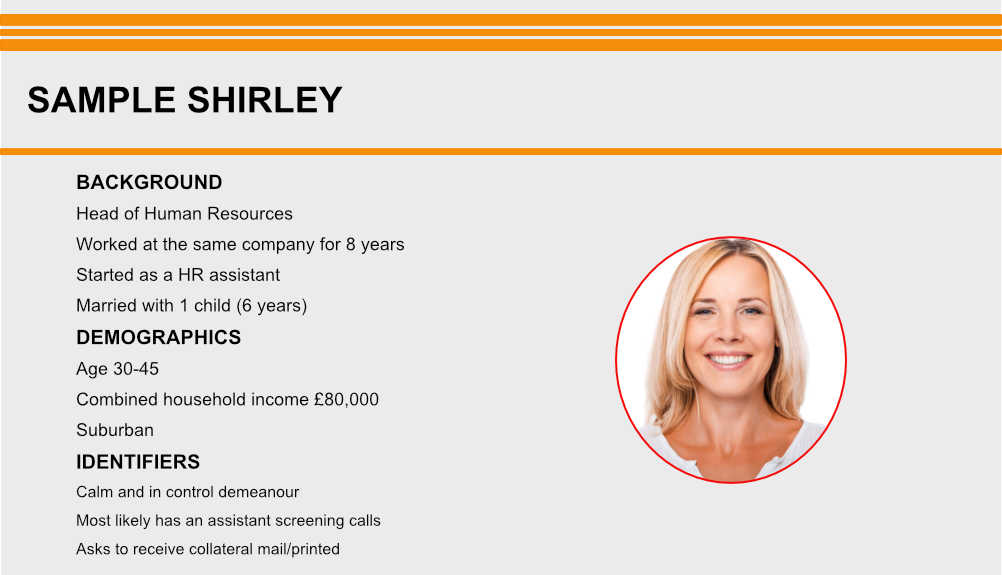
To create marketing personas for your campaign, use the following questions to help put yourself in the shoes of your typical customer and determine your persona’s role, goals, challenges, company, and more.
Try to answer all of the questions here and then come up with some of your own. Don’t be surprised if you discover two or more distinct personas emerging from your research; that’s exactly what this exercise is meant to uncover.
What is your job role? Your job title?
How is your job measured?
What is a typical day?
What skills are required?
What knowledge and tools do you use?
Who do you report to? Who reports to you?
What are you responsible for?
What does it mean to be successful in your role?
What are your biggest challenges?
How do you overcome these challenges?
What industry or industries does your company work in?
What is the size of your company (revenue, employees)?
How do you learn about new information for your job?
What publications or blogs do you read?
What associations and social networks do you belong to?
Age
Family (single, married, children)
Education
How do you prefer to interact with vendors (email, phone, in person)?
Do you use the internet to research vendors or products? If yes, how do you search for information? What types of websites do you use?
Goals are an essential part of the potential success of your campaign. They provide structure and purpose — and something to work towards. However, nailing down effective goals requires a bit of thought and planning.
Luckily there’s a “smart” way to approach goal setting that makes aims to simplify it a bit:
Specific – Your goal should be unambiguous and communicate what is expected, why it is important, who’s involved, where it is going to happen and which constraints are in place.
Measurable – Your goal should have concrete criteria for measuring progress and reaching the goal.
Attainable – Your goal should be realistic and possible for your team to reach.
Relevant – Your goal should matter to your business and address a core initiative.
Timely – You should have an expected date that you will reach the goal.
Once you set your goals, don’t forget to share them with your larger team to ensure everyone is on the same page about the campaign expectations.
Sharing your goals with your team does a few things for you:
It helps hold you accountable for the goals you’ve set.
It helps with the “attainable” and “realistic” aspects of SMART goals — an extra set of eyes is a great gut-check on this stuff.
It opens up the door for people to lend a hand. Who knows? Maybe one of your colleagues is working on a project that could greatly improve your chances of achieving a specific goal.
Creating quality offers is the key to generating quality leads. So when it comes time to actually create the substance of your campaign, you want to make sure you’ve really thought through the context, format, and positioning.
The good news is, there is no shortage of content types for you to choose from when designing your campaign offer:
1. Is your offer valuable to your target audience?
First and foremost, you should know that you’re not going to hit the nail on the head every single time. Getting to know the content topics and formats that actually resonate with your audience requires a little bit of trial and error — and a lot of research.
But there are a few things you can do to set yourself up for success here:
2. Does this offer align with your business goals?
Aligning your offer with your audience and your marketing goals in one thing, but what about your business goals? How does the campaign you’re crafting fit into the bigger picture?
To ensure you’re on the right track here, ask yourself: What is driving the marketing goals for this campaign?
For example, if increased traffic is your marketing campaign goal, ask yourself: How will an increase in website traffic help us grow as a business?
By clearly drawing the lines back to the advancement of your business, you a) eliminate the risk of creating content just for the sake of creating content, and b) ground the value of your efforts in reality.
3. Is this offer targeted to the right person at the right time?
This is where content mapping — the process in which you decide what content is most appropriate for a person to receive at a given time — comes into play. To understand content mapping for inbound marketing campaigns, you first need to understand the buying cycle, which can be broken down into three stages:
Awareness: Leads have either become aware of your product or service, or they have become aware that they have a need that must be fulfilled.
Evaluation: Leads are aware that your product or service could fulfil their need, and they are trying to determine whether you are the best fit.
Purchase: Leads are ready to make a purchase.
Ultimately, the goals of your campaign should align with the stage of the buying cycle that you target, which will then inform your content format. To determine the types of content that are aligned with the stage you’re targeting, reference this table of assets:
In the world of inbound marketing campaigns, a conversion path refers to the process by which an anonymous website visitor becomes a known lead.
A conversion path is comprised of a content offer, call-to-action, landing page, thank you page, and sometimes a kickback email.
In order to convert into a lead, a visitor sees a content offer of interest to them (that’s your remarkable content), clicks on the call-to-action button to access that content, and is then taken to a landing page. On that landing page, the visitor can provide their information on a form in exchange for access to the offer itself. Upon submitting that form, the now-lead is taken to a thank-you page where they receive the offer.
A call-to-action (CTA) is an image or line of text that prompts your visitors, leads, and customers to take action. It is, quite literally, a “call” to take an “action.”
Here are a few examples to get the wheels turning:
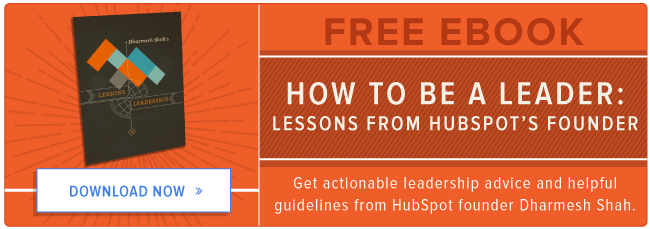
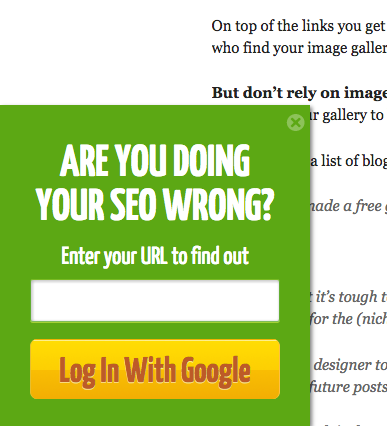
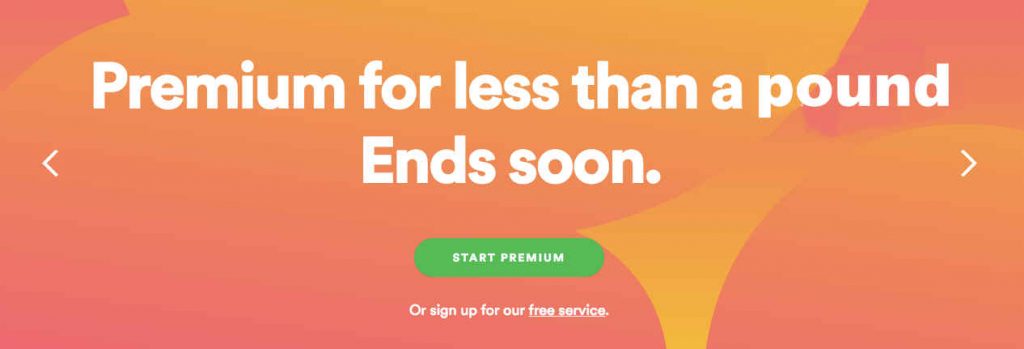
When creating a call-to-action to support your campaign conversion path, consider the following:
Use actionable language. When you’re designing CTAs, effective copy all boils down to using action-oriented, second-person verbs. Use verbs like “discover, unearth, find” instead of ones like “be smarter.”
Align CTA copy with landing page copy. When you’re creating CTA copy, you also want to make sure your CTA copy and your landing page copy align. The name of the thing you are promoting — whether it’s a free ebook, whitepaper, template, guide, crash course, or presentation — should align with the name of it on the landing page.
Create a highly contrasting design. Calls-to-action shouldn’t blend in with the rest of your website design. While fonts and colours should align with your style guide, the way you combine these elements should make the design pop from the rest of the page.
Personalise CTAs for different segments of your audience. Create more context by tailoring CTAs to appear differently for specific audiences. For example, your visitors can see one thing, your leads can see another, and your customers can see something else altogether. (Note: This type of personalisation will require marketing automation software.)
While having a landing page in place is a necessary step in the creation of an inbound marketing campaign. Your landing page needs to do more than just exist. To drive results, you need to design a page that is intentional and action-oriented.
Here is an example of an optimised landing page:
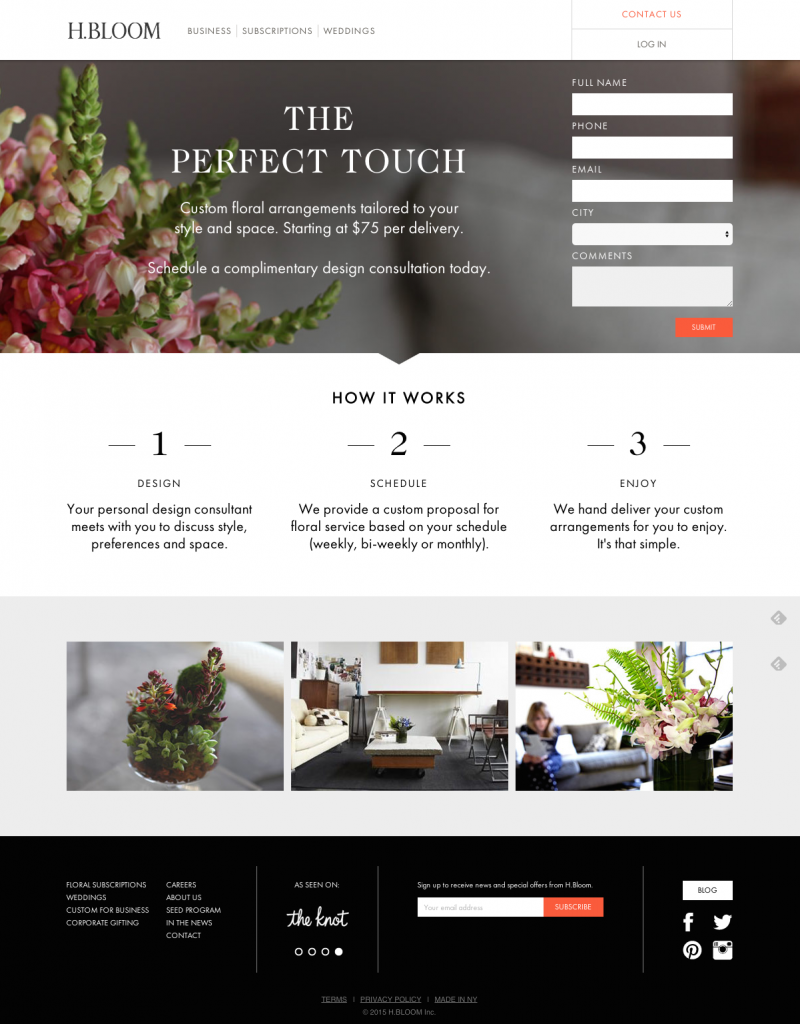
To help you get started, here are seven landing page best practices to guide your efforts:
Limit navigation. Limit the number of exits from your landing page so that your visitors are focused on filling out your form. A key part of this is to hide your website navigation elements on landing pages.
Deliver value. When designing your landing pages, get straight to the point. People came to the page for a reason, so make sure you address that reason clearly and succinctly by highlighting the value of what you’re offering and how it addresses their needs, interests, or problems.
Optimise the form. You want to make it as easy as possible for a website visitor to become a lead, but if your form is too short, then those many more leads might be much lower quality. The solution? Find the perfect length for your needs by conducting a few A/B tests.
Leverage contrast. Using complementary and contrasting colours is a great way to call a visitor’s attention to exactly where you want it.
Incorporate social proof. Consider embedding tweets from users who have downloaded your content and said complimentary things about it, or ask if you can quote someone who sent a nice follow-up email.
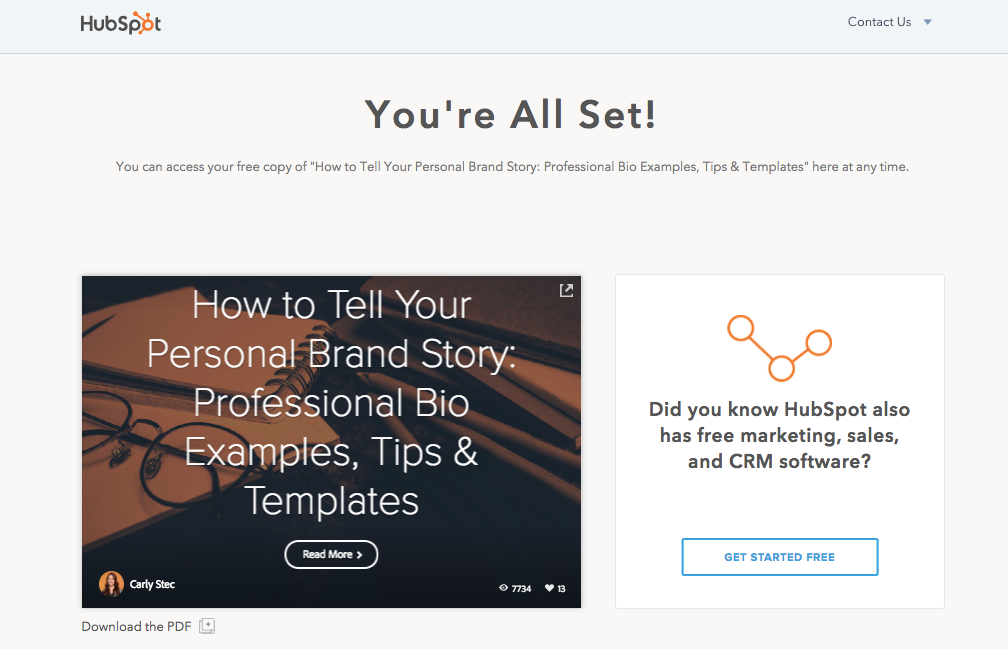
Let’s recap. At this point, your visitor has visited a landing page promoting your campaign offering and submitted their contact information via a form. Then, they were directed to a thank-you page where they got their hands on the actual offer and were presented with a secondary piece of content.
Now there’s only one thing left to do to complete the conversion: send the kickback email.
A kickback email is typically triggered via marketing automation after a visitor submits a form on your website. The purpose of this email is to deliver a link to the content they requested so they can access it at any time via their inbox.
Now that the mechanics of your campaign are in place, it’s time to share it with the world. But before you go ahead and set it live, there are a few more boxes to check.
Before you start pushing traffic to your campaign, it’s always a good idea to go through the process yourself to make sure that everything is working the way it should be. A campaign has a lot of moving pieces, and it’s easy to forget or overlook the small details.
You may even want to have a few other folks in your company convert on your landing page and kick the tires of your campaign too as an added assurance that everything is working properly.
Once you’ve completed your testing, you’re ready to set the campaign live and start spreading the word.
Posting on social media is probably something you’re already doing — but below are a few strategic ways you can leverage your social media accounts to promote your campaign:
Create a Snapchat or Instagram Story introducing your campaign. If possible, incorporate an element of engagement to get your audience participating and sharing.
Change your cover photo to be branded for the piece of content you just launched. This increases brand awareness of the campaign.
Lots of people overlook how they can optimise their website to promote new offers and campaigns — but it’s most likely one of your biggest marketing assets.
Here are a few things you can do to take advantage of that:
Create a CTA on your homepage or log-in screen. Your homepage is likely the highest trafficked page on your site, so take advantage of this high volume of viewers.
Create a content library to house all of your resources. Note: a content library is a page on your site dedicated to the content and campaigns you create.
Blogging drives traffic to your landing pages and website better than any other tool. Why? Each time you blog, you give Google and other search engines one more opportunity to find you. Each blog posts gives you the opportunity to rank for more and more keywords and grow your reach.
If you want to use your blog as a promotion channel for your campaign, here are a few ideas:
Write 3-5+ piece of blog content related to your campaign. Within the blog post, link to the landing page for people to download. It’s best to write posts that target a high-traffic keyword, so you can attract organic visitors that are new to your business.
Create a CTA at the bottom of each blog post that links to the offer — but don’t stop there. Experiment with slide-in CTAs, anchor text CTAs, and more to provide visitors with multiple conversion points.
Optimising your content to be found on search engines can be very beneficial to your business.
Here are few things to try:
Increase traffic from search engines by optimising your page for the keywords you want to rank for. This doesn’t mean you should be keyword stuffing your landing pages — just make sure your page title, landing page copy, and URL follow these rules for search engine optimisation.
Create a topic cluster with your campaign landing page serving as the pillar page. The topic cluster model, at its core, is a way of organising a site’s content pages using a cleaner and more deliberate site architecture.
You did it. You launched an inbound marketing campaign. But that doesn’t mean it’s time to pack it in quite yet.
In fact, it’s not until after the campaign launches that a lot of the really interesting work comes into play. But when it comes to measuring and reporting on your campaign results, it’s easy to feel overwhelmed.
After all, there are tons of metrics that you can report on — visits to your website, conversions, leads from different channels, and more. The key to getting started here is to revisit your campaign goals and start by zooming in on the metrics tied directly to them.
Simple Marketing Metrics:
Customer Acquisition Cost (CAC)
This is your total Sales and Marketing cost: Add up all the program or advertising spend, plus salaries, plus commissions and bonuses, plus overhead within a given time period. Then, divide it by the number of new customers in that same time period.
For instance, if you spent £300,000 on Sales and Marketing in a month and added 30 customers that month, then your CAC is £10,000.
Channels Breakdown:
Paid vs. Organic Lead Percentage
Lots of marketers group their channel analysis into larger buckets — for example, “paid” and “organic” might be separated for analysis. The paid bucket is any marketing that you spend money on (aside from employee time), like social advertising, sponsored newsletters, etc. Organic is the opposite; it’s all leads that you generate without cost other than your team’s time. Blogging, SEO, social media, and email marketing fall into that bucket.
So if you’re a marketing director using both of these “types” of lead generation, you probably want to keep a close watch on how much of your leads are coming from one bucket over the other. You might also set a goal to decrease paid channels as a lead source over time. Measure what percentage of your leads come from each bucket to get a sense for how your organic efforts are working for you, and if you are scaling to reduce your dependency on advertising.
Inbound campaigns are an impressive feat once you have all channels firing toward the same end goal.
While this playbook walked through an effort to generate leads interested in a particular focus area, you could replicate this campaign for a product launch, major event registration, or other time-bound goal.
The trick is, keep your campaigns focused and powerful. And at the conclusion of your campaign, don’t forget to report and reflect on the totality of your work to inform how you might adapt the inbound framework to produce even better results for your next campaign.

A landing page is a crucial component of your digital marketing strategy, as it is often the first point of contact between your business and

Starting a new business can be overwhelming. There are many things to consider, such as branding, customer service, and marketing. Without proper marketing, your business
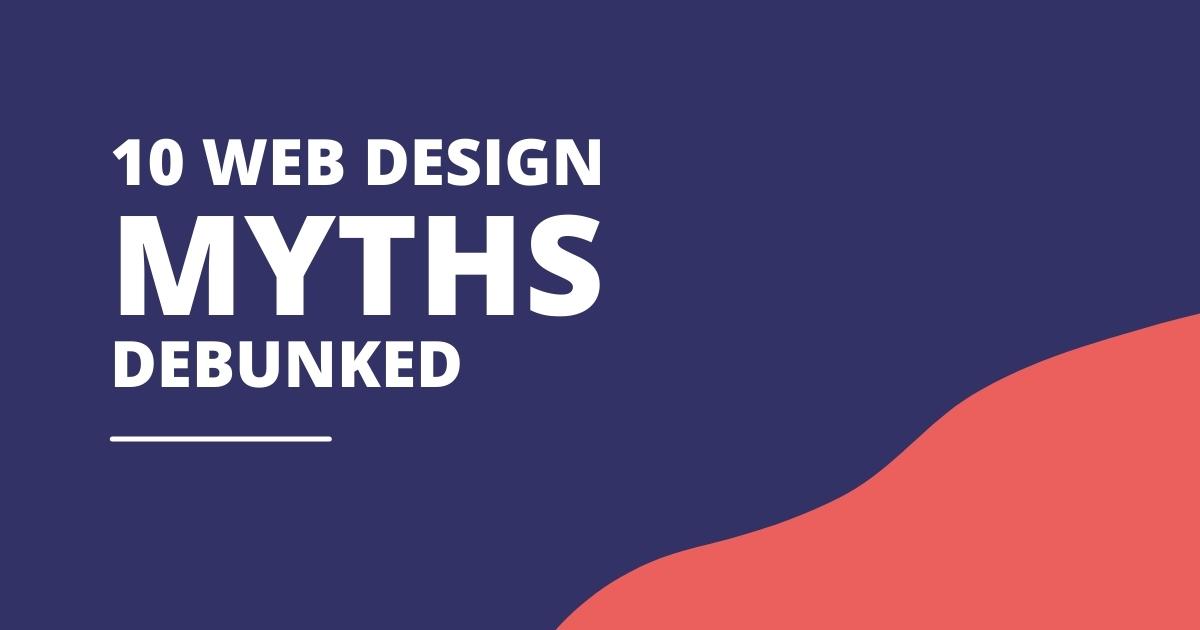
As a busy web design agency, we’ve come across a huge number of misconceptions about website design over the years. To help you avoid falling

With the rise of so many online website building platforms with a do-it-yourself theme, the question arises, ‘why pay a professional web developer?’ Websites built